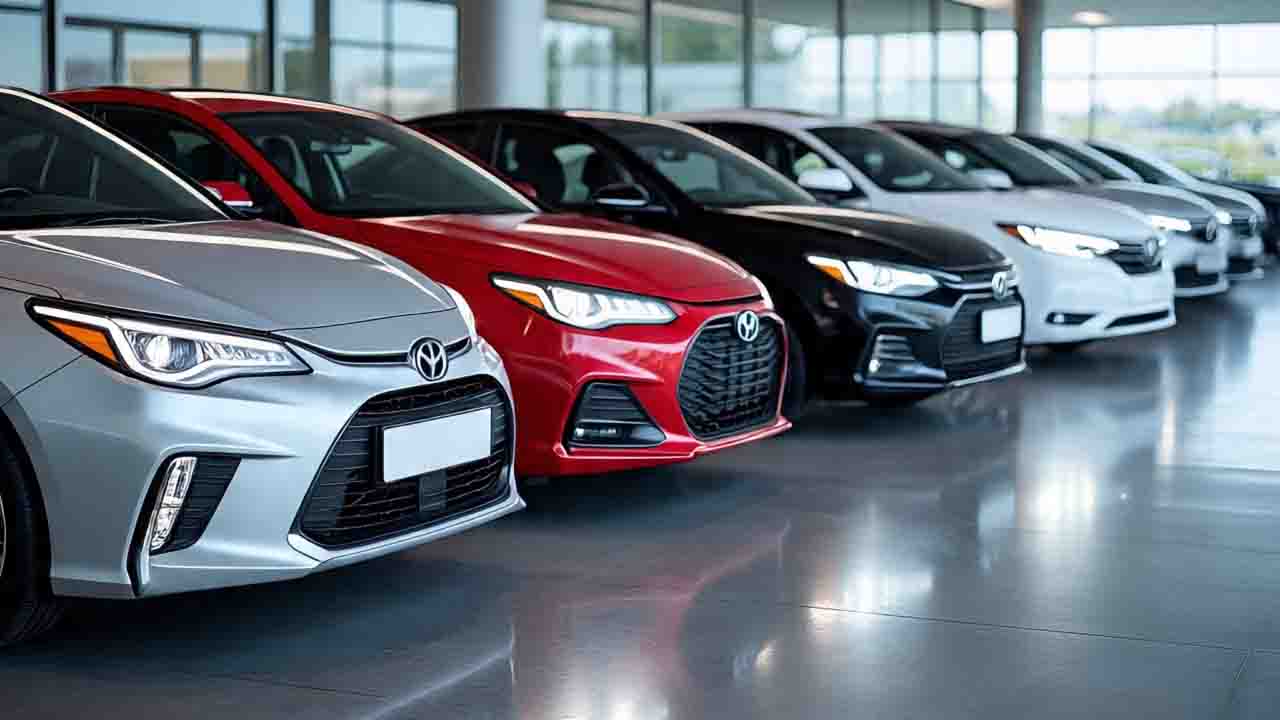
Arcadiadaily – Driven by Demand, Asian automakers are standing firm in their commitment to the U.S. market, despite facing stiff trade barriers. With the United States imposing a 25% tariff on imported vehicles from Japan and South Korea, industry observers anticipated a pullback. However, leading brands like Toyota, Hyundai, and Honda have made it clear they are not retreating. For these companies, the U.S. continues to represent a key revenue stream, contributing approximately 40% to 60% of their global sales.
Rather than withdrawing, these manufacturers are adapting. The focus is now on refining their hybrid lineups to better suit evolving consumer demands and regulatory pressures in North America. This shift highlights a broader strategic pivot in how Asian carmakers balance political friction with long-term market potential.
Table of Contents
ToggleDriven by Demand, the strategy to bolster hybrid vehicle offerings is not only timely it’s tactical. As electric vehicle adoption grows and environmental concerns mount, hybrid models offer a pragmatic bridge between traditional combustion engines and full electrification. Toyota, a long-time leader in hybrid innovation, is doubling down on its technology, while Hyundai and Honda are rolling out new models optimized for fuel efficiency and lower emissions.
“Diesel Meets Data: The Rise of AI-Powered Engines”
This hybrid push is also a financial hedge. By reducing reliance on fully imported, high-tariff vehicles, companies can maintain price competitiveness while navigating shifting trade policies. In many cases, they are even expanding production capacity in North America, creating a buffer against geopolitical uncertainty.
Driven by Demand, the persistence of these automakers reflects a long-term vision that transcends short-term policy shifts. Their investment in the U.S. market is grounded in deep consumer loyalty, brand recognition, and a robust dealership network. More importantly, their proactive adaptation especially in hybrid innovation positions them not just to survive under tariff pressures. But to thrive in a transitioning auto landscape.
By aligning strategy with sustainability and market realities, Asian automakers are sending a clear message: tariffs may raise the stakes. But determination and innovation will drive the future forward.
“Belize to the Balkans: Crime Fiction in 2025”
Click here to change this text. Lorem ipsum dolor sit amet, consectetur adipiscing elit. Ut elit tellus, luctus nec ullamcorper mattis, pulvinar dapibus leo.
